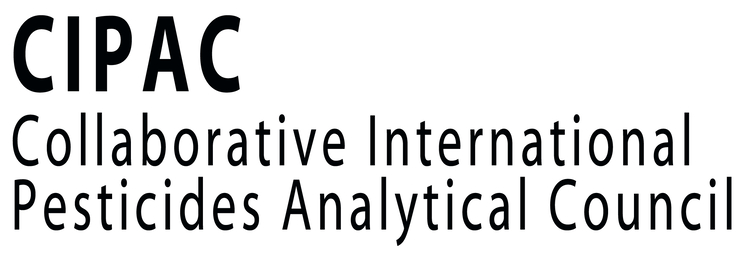History
The history of CIPAC (Collaborative International Pesticides Analytical Council (Limited)) began in 1952 when at the IIIrd International Congress of Crop Protection in Paris, a resolution was passed recommending the appointment of a committee of official analytical chemists to prepare standardised methods of analysis for pesticide formulations.
At the next Congress in Hamburg in 1957 a European Committee was set up, consisting of official experts from Belgium, France, Germany, Great Britain, Italy, The Netherlands and Switzerland.
This action was mainly the work of Dr R.de B. Ashworth of the former Plant Pathology Laboratory at Harpenden, who had been also the 'auctor intellectualis'.
After a survey period the first results of the work of the committee appeared in the early 1960's.
They consisted of standardised methods of analysis for pesticide formulations which were published in the FAO Plant Protection Bulletin.
Progress was steady and in 1970 CIPAC Handbook Vol. 1 was produced with sections on analytical methods, physical tests, reagents and the preparation of pure pesticides.
In the meantime, CIPAC had lost its European confinement and had evolved to become an organisation with a world-wide participation which was recognised by other international bodies such as FAO, WHO, AOAC, UNIDO and GIFAP, now GCPF. CIPAC methods formed the basis of FAO specifications and CIPAC and AOAC agreed to co-ordinate their work in the field of pesticide formulation analysis, and to recognise and use each other's methods.
In 1971 CIPAC was incorporated as a limited company in the UK, and as a non-profit making organisation, was registered under the Charities Act. Since then CIPAC has progressed steadily to its present leading position in the area of standardisation of methods for analysis for pesticide formulations, both chemical and physical. Methods have been published at regular intervals. Their use is required by registration authorities, the European Union, and by FAO and WHO specifications.
